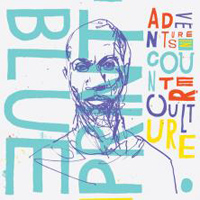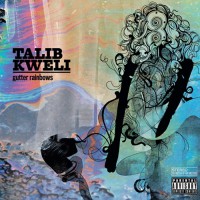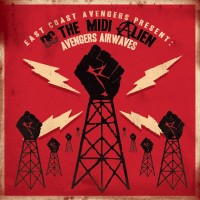Every other week, Beats & Rhymes highlights a new and notable hip-hop, rap, DJ, or electronic record that embraces independent sensibilities.
 Skipp Whitman: Skipp City (self-released, 11/1/10)
Skipp Whitman: Skipp City (self-released, 11/1/10)
Skipp Whitman: “Famous”
[audio:https://alarm-magazine.com/wp-content/uploads/2011/06/Skipp_Whitman_Famous.mp3|titles=Skipp Whitman: “Famous”]Rappers’ careers live and die on image. So when a rapper is born of middle-class artist parents in the swanky suburb of Brookline, Massachusetts, he’ll inevitably have to deal with being an anomaly in the genre. Compound that with said rapper being a white boy who goes by Skipp Whitman, and it takes effort simply not to be seen as a novelty. Luckily for Whitman, his 2010 record, Skipp City, deftly avoids stereotype and proves that his music deserves to be taken seriously.
This record, Whitman’s debut LP, represents the culmination of years of paying dues on the underground hip-hop scene, a fact that he cleverly lampoons on the opener, “Release Dates.” In a genre where albums are pushed back almost as often as they are released, Whitman finds humor and heart in his honesty, deciding to own up to his record’s delays rather than pretend that they didn’t exist. “Everybody’s been asking, when’s your album dropping? / You ain’t copping nothing, cheapskate,” he raps, continuing in the chorus, “I’ve been waiting my whole life, you’ve been waiting two years,” and “perfection is a bitch, but so is not being clear on release dates.”
Whitman’s tongue-in-cheek self-effacement is one of the album’s brightest qualities. He doesn’t try to hide the embarrassing mundanity of his roots. “I know that I could get nice things doing some other shit, so why am I chasing this fame?” he raps on “Good Morning,” admitting that his middle-class origins could likely have taken him to financial success much faster than hip hop. This willingness to consider and reject the easy route makes him a much more sympathetic and charismatic figure.




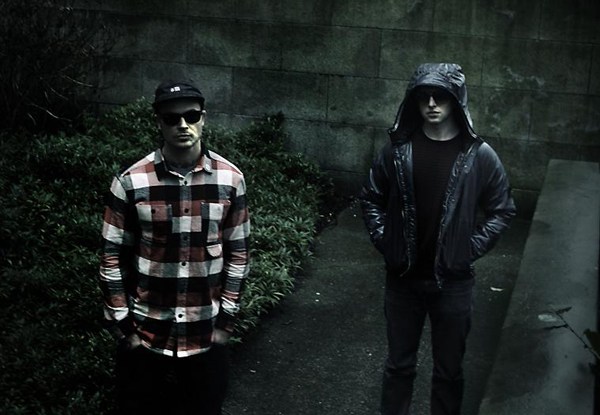
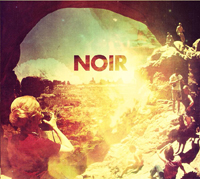



 : The Family Sign (
: The Family Sign (


